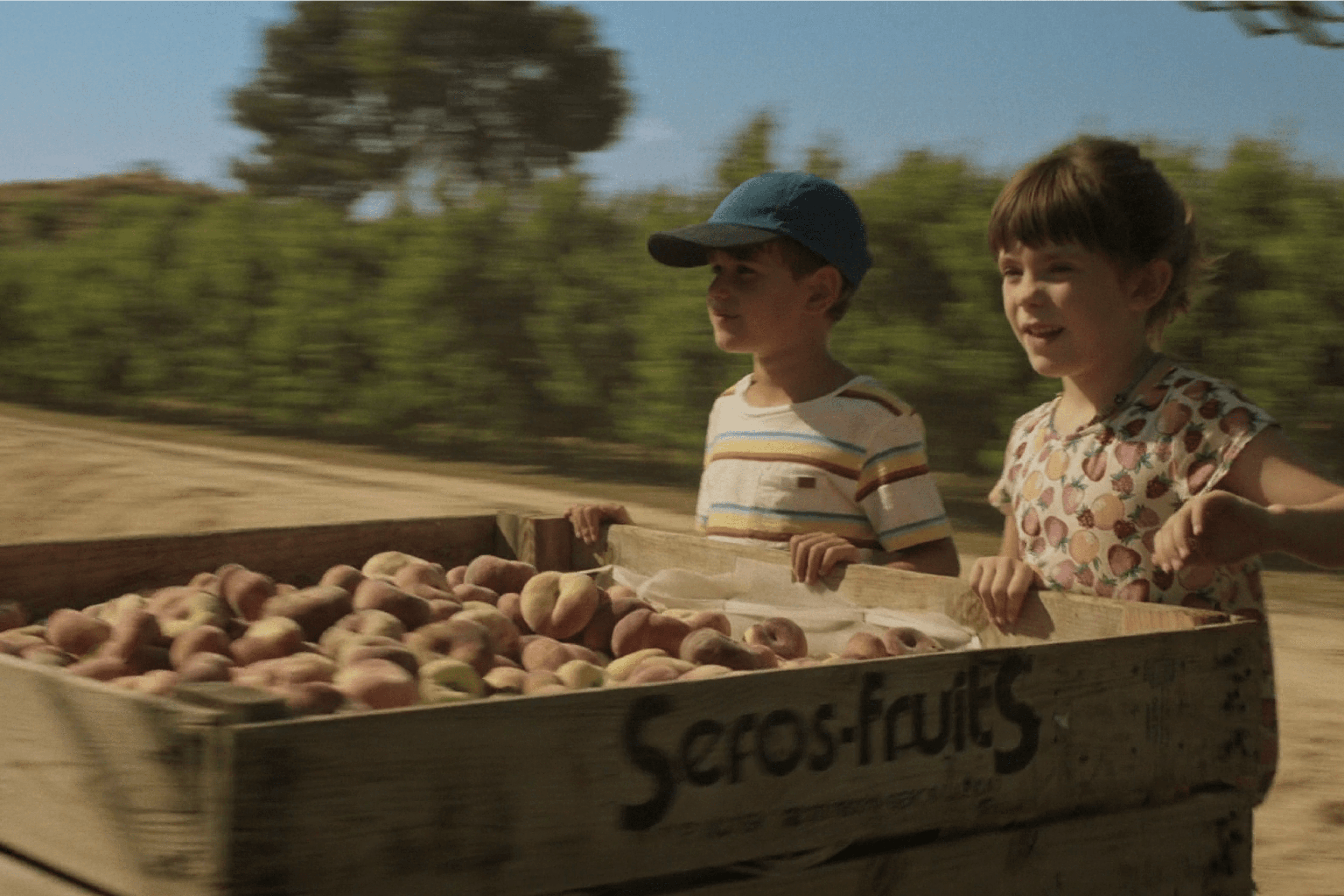Editor's Note: Should teenagers be allowed to work? This once benign issue has increasingly become a topic of controversy on the socialist end of the political left, pitting a cherished American right of passage against a union push to standardize wages and drive supply from the labor pool, all dishonestly argued in the name of protecting children. Oddly less central to the question of ‘child exploitation’ has been the issue of child trafficking, which continues unabated, and which our purported human rights heroes have no current plan to combat.
A great Sunday feature from River Page.
-Solana



